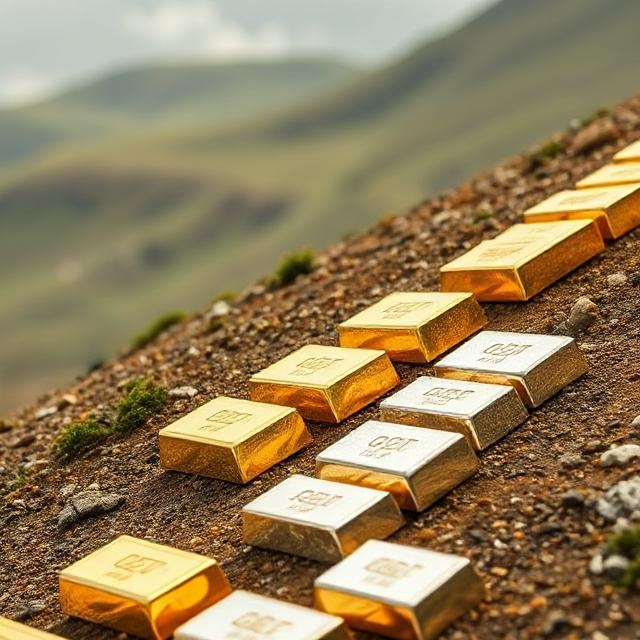Gold And Silver: More Downside To Come?
 You can bet that most vocal proponents for spectacularly higher gold and silver prices will see Tuesday's huge intra-day reversals as just another dip in price before the next jump to warp speed.
You can bet that most vocal proponents for spectacularly higher gold and silver prices will see Tuesday's huge intra-day reversals as just another dip in price before the next jump to warp speed.
The longer and more severe the "correction", the more frequent use of the phrase "temporary setback" can be expected. After all, the fundamentals demand higher prices, right? A day of reckoning is at hand.
The euphoria surrounding higher gold and silver prices seems to know no bounds. I remember how it was in 1980, as those of us in the trade at that time had been anxiously anticipating similar circumstances
Notwithstanding the grim circumstances of double-digit interest rates (fed funds at 17.6% in April 1980), consumer prices averaging increases of almost 12% for three consecutive years, and enthusiastic calls for the "death of the dollar", there was a pronounced peak to the price action in hard metals in January 1980.
In 2011, a government shutdown began on July 1st and lasted for twenty days. The gold and silver price peaks in 2011 came amidst similar sentiments regarding government debt, inflation, and the dollar.
Now, here in 2025, we can only wonder whether a similar situation is unfolding. If it is, it might be worth considering what happened after the peaks in 1980 and 2011.
GOLD AND SILVER AFTER PEAKS IN 1980, 2011
The price peak for gold in 1980 came on January 20th at $843 oz. Within a few days, gold was priced in the mid-$6o0s - a drop of almost $200. That doesn't sound like much, but it was a decline of more than 20%. A similar decline now would take the gold price below $3,5oo.
After a few more weeks, the gold price had broken the $500 level. In less than two months, gold had declined by more than 40%. Measuring from its recent intraday peak of $4,355, a similar drop at this time would take gold down to $2,600.
Silver fared worse. After peaking at close to $50 oz. on January 20th, 1980, silver's price dropped by more than 30% in two short weeks. By February 3rd, silver was priced at $34.75. A similar decline at this time would take silver down to $37.80 by the end of next week.
Gold found temporary stability around $500, but silver continued to plummet, losing 76% in less than four months. Measuring from its recent peak of $54 oz, a similar drop now would take silver down to $13 oz.
Prices for gold and silver declined in nominal and real terms over the next two decades, reaching respective lows of $260 for gold and $4 for silver. The cumulative declines totaled 70% for gold and 92% for silver.
The gold price decline after its 2011 peak amounted to 45 % and the silver price decline was approximately 80%. Similar declines could currently take gold as low as $2400 and silver as low as $11.
MORE DOWNSIDE FOR GOLD AND SILVER?
Quite possibly, yes, especially when considering what has happened in the past. The specific conditions are not necessarily the same, but they are similar. Also, there are other factors that are more important as to whether gold and silver continue to decline, how quickly, and by how much.
Liquidity concerns and deflation are the bigger forces at work that could stop in a heartbeat the unending march of inflation-fueled higher asset prices (see No Winners When The Inflation Balloon Pops). As far as gold and silver are concerned, their price increases have outrun the fundamentals for now.
That does not mean they cannot go higher at this point. They could. You might not want to bet against that possibility, but you would be foolish not to be prepared for some sizeable declines. (also see The Case For Gold Has Nothing To Do With Its Price)
********















